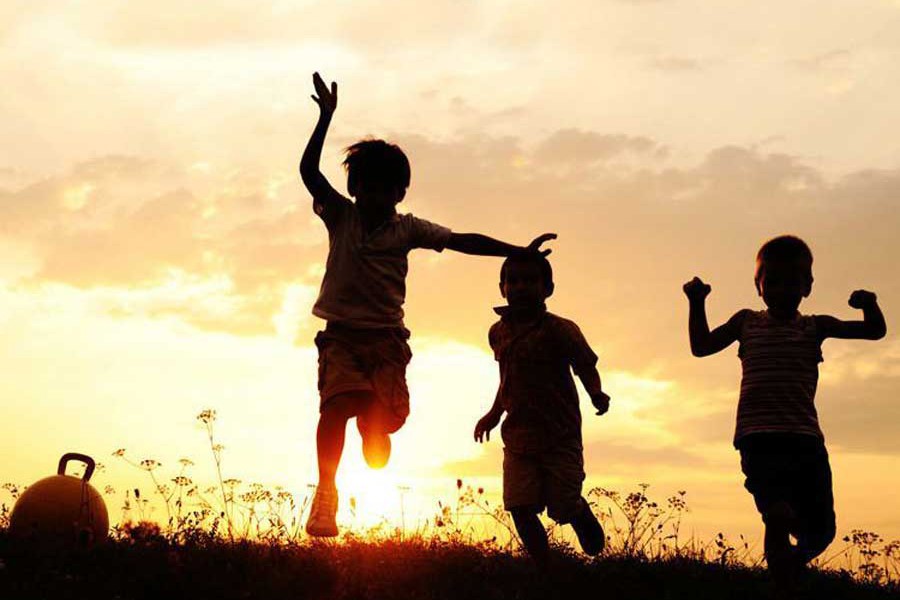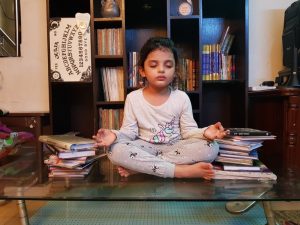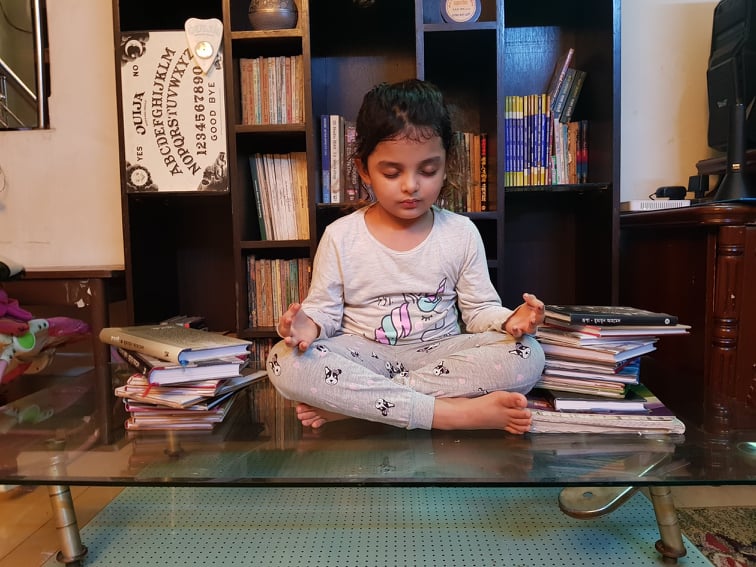What is childhood trauma?
Childhood Trauma is defined as a physical or psychological threat or assault to a child’s physical integrity, sense of self, safety or survival or to the physical safety of another person significant to the child. Early childhood traumas (those that happens before the age of six) lie at the root of most long-term depression and anxiety, and many emotional and psychological illness.

Due to traumatic experiences children are susceptible to psychological disorders and serious emotional turmoil, often needing the assistance provided in trauma therapy. These experiences may be positive or negative, ranging in their severity. Some of these experiences occur on a semi-regular basis, and others only happen once. Despite their varying factors however, each of these events make an impact in the life of a child. In some cases trauma treatment centers are incorporated to help the child overcome such trauma.
Symptoms of Trauma in Children: A child can react in a number of different ways as a result of trauma. The following are some examples:
- Anxiety, Terror
- Withdrawn from others
- Constantly alert
- Re-enactment of situation with various objects
- Irritability
- Difficulty sleeping
- Lack of energy
- Inability to concentrate
- Poor self-image
- Bedwetting
- Guilty feelings
- Shows signs of obsessive or compulsive behaviors
- Panic attacks
- Recurrent nightmares, flashbacks
- Shyness
- Pain
- Avoidance of situations similar to the traumatic event
- Inability to give or receive proper love and affection
Effects of Trauma in children:
- Self-injury
- Post-Traumatic Stress Disorder
- Phobias
- Depression
- Drug Abuse (typically requiring the help of a drug rehab facility)
- Insomnia
- Promiscuity
- Difficulty learning, Struggling in school
- Brain alterations
- Suicide
- Eating disorders which sometimes may require the attention of a qualified eating disorder treatment center.
- Extreme anger and hostility
In some cases, trauma is not immediately evident. Sometimes trauma does not show up until much later in life or until it is triggered by certain circumstances. In these cases, drug abuse is common and is often so severe that drug rehab at a drug treatment center is needed.

Brain Alterations from Trauma: When trauma occurs in someone early in life the brain is much more susceptible to drastic alteration. Many of the children exposed to such events will develop neuropsychiatric symptomatology. During a traumatic experience, various areas of the brain respond. These areas are often altered as a result, permanently impacting future functioning in the brain. After these alterations, if recovery is to be sought, special trauma therapy sessions are necessary to attempt to activate parts of the brain.

Types of childhood Trauma:
Community Violence: community violenceincludes predatory violence (robbery for instance) and violence that comes from personal conflicts. Shootings, rapes, stabbings and beatings.
Complex Trauma: The term complex trauma describes the problem of children’s exposure and the multiple or prolonged traumatic events and the impact of thus exposure on their development. Results in emotional deregulation and the loss of safety, direction and the ability to detect or respond to danger cues.
Domestic Violence: Domestic violence includes actual or threatened physical or sexual violence or emotional abuse between adults in an intimate relationship. Studies suggest that the majority of children who are exposed to domestic violence are young under the age of 8.
Early Childhood Trauma: Early childhood trauma generally refers to the traumatic experiences that occur to children aged 0-6. Young children also may experience traumatic stress in response to painful medical procedures or the sudden loss of a parent/caregiver.

Medical Trauma: Medical traumatic stress refers to reactions that children and their families may have to pain, injury and serious illness; or to ”invasive” medical procedures (such as surgery) or treatments (such as burn care) that are sometimes frightening.
Natural Disasters: A disasters is any natural catastrophe (for instance; tornadoes, hurricanes and earthquakes) or any fire, flood or explosion that causes enough damage that local, state or federal agencies and disaster relief organizations are called into action.
Neglect: Child neglect occurs when a parent or caregiver does not give a child the care he or she needs according to its age, even though that adult can afford to give that care or is offered help to give that care. Neglect is the most common form of abuse reported to child welfare authorities.
Physical Abuse: Physical abuse means causing or attempting to cause physical pain or injury. It can result from punching, beating, kicking, burning or harming a child in other ways. Sometimes, an injury occurs when a punishment is not appropriate for a child’s age or condition.
School violence: School violence includes fatal and nonfatal student or teacher victimization, threats to or injury of students, fights at school and students carrying weapons to school.
Sexual Abuse: Child sexual abuse includes a wide range of sexual behaviors that take place between a child and an older person or alternatively between a child and another child/adolescent.
Treatment of childhood Trauma:
TF-CBT
Trauma-Focused Cognitive Behavioral Therapy (TF-CBT) is a components-based model of psychotherapy that addresses the unique needs of children with PTSD symptoms, depression, behavior problems and other difficulties related to traumatic life experiences. TF-CBT is short-term treatment approach that can work in as few 12 sessions. It also may be provided for longer periods of the time depending on the child’s and family’s needs. Individual sessions for the child and for the parents or caregivers, as well as joint parent child session, are part of the treatment. The specific components of TF_CBT are summarized by the acronym practice:
- Psychoeducation
- Relaxation and stress management skills
- Affective expression and modulation
- Cognitive coping and processing
- Trauma narration
- In vivo mastery of trauma reminders
- Conjoint child-parent sessions
- Enhancing future safety and development
TF-CBT primarily reduces symptoms of Posttraumatic Stress Disorder (PTSD). Intrusive and upsetting memories, thoughts or dreams about the trauma, avoidance of things, situations or people which are trauma reminders, emotional numbing, physical reactions of hyper arousal, trouble concentrating or irritability.
In addition to improving PTSD symptoms, TF-CBT results in improvements in:
- Depression
- Anxiety
- Behavior problems
- Sexualized behaviors
- Trauma-related shame
- Interpersonal trust
- Social competence
When children experience serious traumas, other family members are affected as well. This is why TF-CBT typically includes parents or caregivers in treatment. TF-CBT is effective in helping parents to:
- Overcome general feelings of depression
- Reduce PTSD symptoms
- Reduce emotional distress about the child’s trauma
- Improve parenting practices
- Enhance their ability to sort their children
Model: Areesha Ifra Kamal
You may Read:



